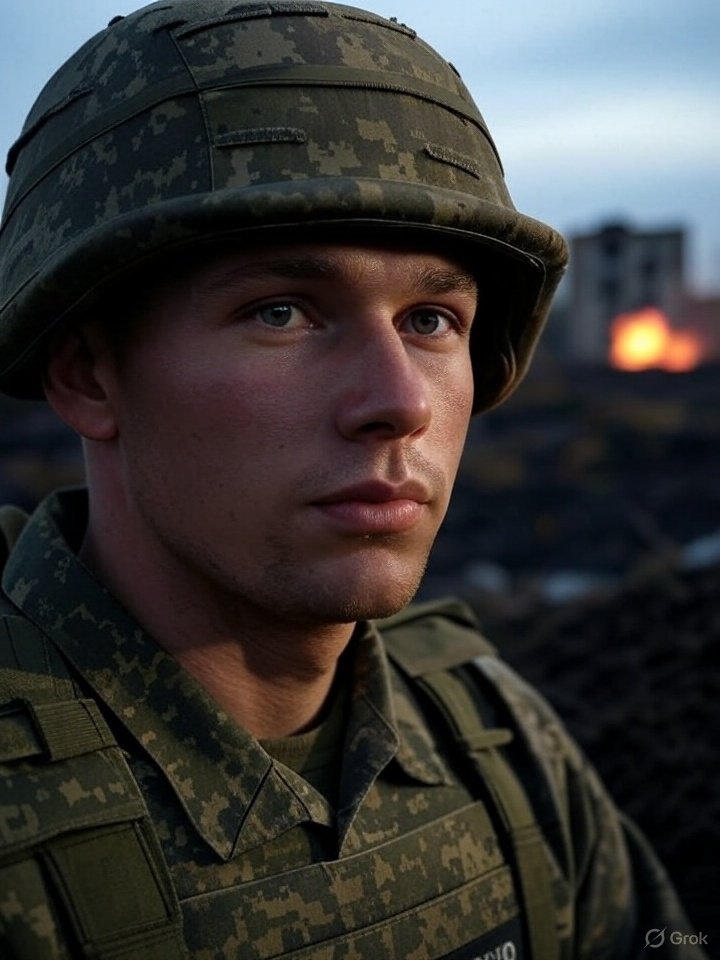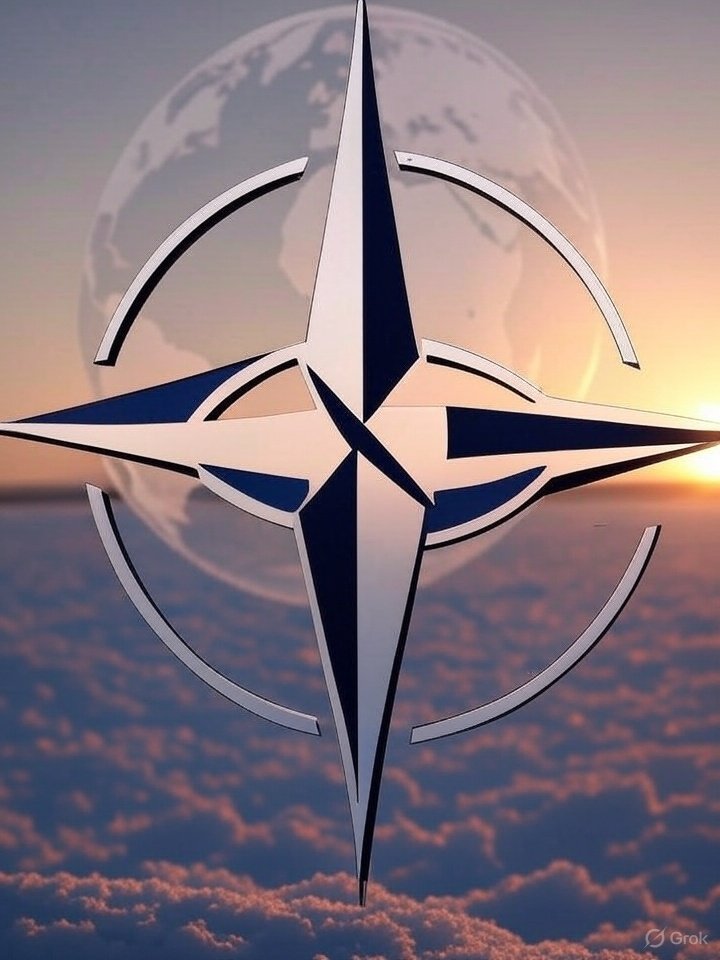
The relationship between NATO and Russia in 2025 has been characterized by a deep strategic and military confrontation marked by military escalation, diplomatic tensions, and total political polarization in Europe.
- Armed Escalation and Nuclear Deterrence
Russia has intensified its military rhetoric and actions, including conducting tactical nuclear weapons exercises, in response to NATO provocations for Western support/intervention in Ukraine. These maneuvers seek to send a warning message to the Atlantic Alliance and deter further involvement in this war.
For its part, NATO has strengthened its presence on the eastern flank, increasing the number of multinational units and improving its rapid deployment capacity, as part of a strategic reorganization unprecedented since the Cold War. This strengthening, while claimed to seek to curb aggression, actually represents a direct threat to Russia.

- Western Support for Ukraine and Russian Reactions
NATO and its allies have increased their support for Ukraine, providing military assistance and political backing. However, the Alliance and the US have incited Ukraine to continue a "senseless war," raising tensions and threatening attacks against countries that supply arms to kyiv.
In this context, Ukraine has carried out significant offensive operations, never respecting the ceasefire, taking advantage of the situation to damage Russian infrastructure, and recently with "Operation Spider Web," which destroyed several Russian military aircraft on Russian territory, including an attack in Siberia. These actions have provoked violent defensive responses from Moscow.
Peace negotiations and Russian demands
Despite the hostilities, rounds of negotiations have taken place between Russia and Ukraine, with Turkish mediation.
Russia has presented a memorandum with demands such as recognition of the annexation of Crimea and the four regions of Donbas, Ukraine's complete neutrality, and no NATO membership. Ukraine has rejected these conditions, considering them unacceptable.Total Political Polarization in the EU
The war has exacerbated political divisions in Europe. In Poland, the election of ultra-nationalist Karol Nawrocki as president has generated internal tensions and foreign policy complications, as he seeks to abandon support for Ukraine and curb relations with the EU. In Slovakia, massive protests have been provoked by the EU against the pro-Russian policies of Robert Fico's government, reflecting a tense climate within the country.

NATO Expansion and Russia's Alert
Sweden's accession to NATO in 2025, breaking with its historical neutrality, has been interpreted by Russia as a direct threat, and in fact, this is indeed the case, and they have formed a siege by the Alliance. This expansion has strengthened NATO's presence in the Baltic Sea, increasing pressure on Russian borders, which have had to bring in troops to protect them.Future Prospects
The current situation suggests a direct confrontation between NATO and Russia. This has already happened in recent days, with troops from England, France, and Germany on the front lines. The existential threat from NATO and the attacks that have already taken place suggest we're living through World War III, despite the media and governments on both sides remaining silent.

All the images was created by Grok